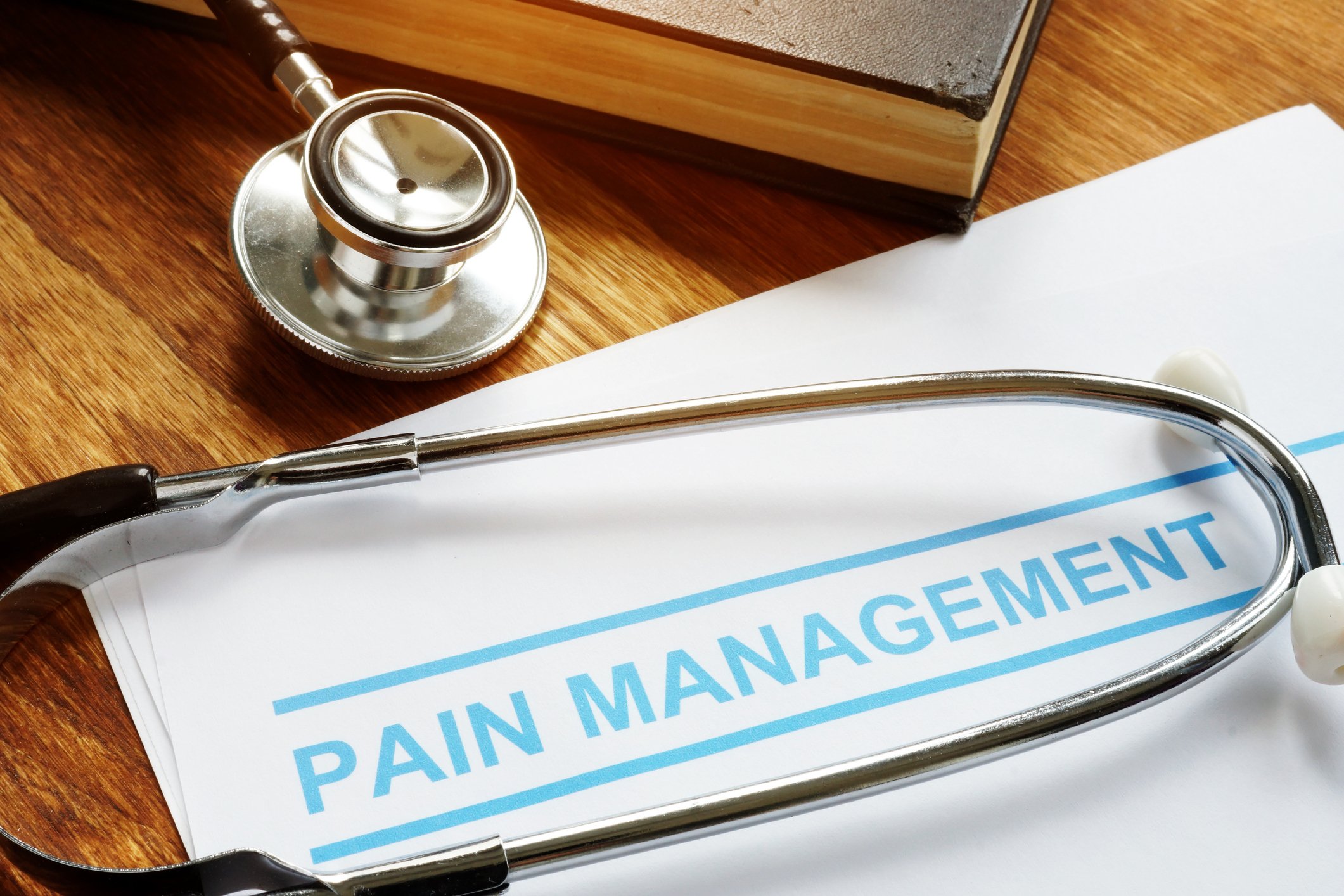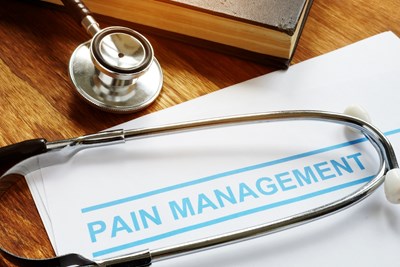One of the most common reasons anyone goes to the emergency department is to treat high levels of pain. If necessary, that treatment plan could involve administration or prescribing of an opioid. These drugs are strong but in many situations are the most appropriate way to manage pain. Emergency physicians are trained to make sure that you get the right medicine and the right dose for your particular illness or injury.
Emergency physicians are not a major source of opioid prescriptions. In making prescribing decisions, your emergency physician first evaluates whether an opioid is necessary, then prescribes a small amount of medication, usually just enough to help your recovery in the short-term. Whenever possible, Alternatives to Opioids (ALTO) are considered.
The ALTO program has been successful in states like Colorado, where 10 emergency departments collectively cut opioid prescribing by an average of 36 percent in just six months.
If a patient is showing signs of an opioid overdose, often the best chance for recovery begins with Medication Assisted Treatment (MAT) initiated in the emergency department. MAT is a proven medical treatment that can relieve withdrawal symptoms and reduce cravings.
MAT is proven effective: 78 percent of patients remained in addiction treatment programs following emergency department (ED)-initiated MAT versus 37 percent given only a referral in the ED for treatment in another care setting.
Emergency physicians continue to advocate for more resources to increase the availability of MAT in your emergency department.
 American College of Emergency Physicians
American College of Emergency Physicians







